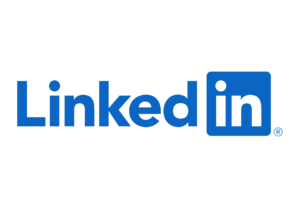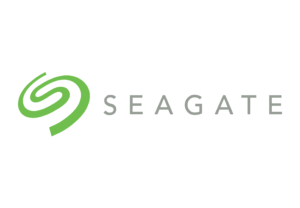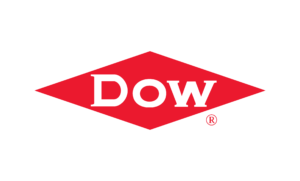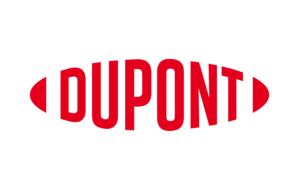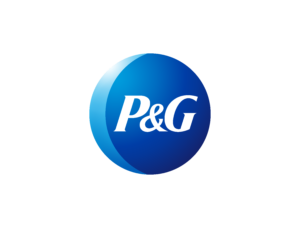
The Gathering
The Gathering – a trusted IP practices group
The Gathering is a group of senior intellectual capital professionals across a variety of industries and organizations which exists to create, define, codify and benchmark best practices in the broad area of intellectual capital management.
Select current member organizations
Select past member organizations
Recent articles from The Gathering
“The 2021 Brokered Patent Market.” Richardson et. al. IAM Media (March 2022)May 9, 2022
Since we started tracking the brokered patent market in 2012, we have seen more than $38 billion worth of patent assets offered on the market. As market information becomes more…
“Measuring Diversity in Invention and Patenting Is Easier Said Than Done.” Harrison et. al. IAM Media (November 2020)February 10, 2021
Stakeholders across the IP community are keen to increase diversity in their ranks but, as Suzanne Harrison and Erik Oliver explain, even the most sophisticated companies face a challenge in…
“IAM Strategy 300 Global Leaders 2021.” IAM Media (January 2021)January 14, 2021
The IAM Strategy 300 Global Leaders guide draws from the worlds of private practice, consulting and other service providers, with specialists from the major IP markets in the America’s, Europe…
Read more articles from The Gathering
About
In October 1994, Tom Stewart of Fortune magazine published an influential article on intellectual capital (“IC”), which he defined as the intangible assets of skill, knowledge, and information. In late 1994, the founders of ICMG began contacting all the companies who were actively trying to manage their intangible assets. In January 1995, representatives from seven of these companies assembled for a meeting to share what their IC efforts entailed. At that first meeting, the group defined intellectual capital as “knowledge that can be converted to value.” They also determined that IC has two main components: human capital (HC—ideas we have in our heads) and intellectual assets (IA—ideas that have been codified in some manner). Within intellectual assets, there is a subset of ideas that can be legally protected, called intellectual property (IP).
The original group of seven companies that met in January 1995 has now grown to over 30 companies from around the world. Members meet three times a year to create, define, and benchmark best practices in the emerging area of ICM. This group is collectively known as The Gathering. The Gathering has spent the past six years working on creating and defining systems and processes for companies to routinely create, identify, and realize value from intellectual assets.
The Gathering is facilitated by Suzanne Harrison with help from Kent Richardson and Erik Oliver, partners of ROL Group.
Suzanne Harrison
Kent Richardson
Erik Oliver
Becoming a member
Organizations interested in joining The Gathering can seek membership. Requests for membership are directed to Suzanne Harrison (suzanne@percipience-ip.com) who makes an initial assessment as to whether the seeking organization would add value to the group. All current members participate in the final decision to omit a new member.





